Many things that we do every day are facilitated by artificial intelligence (AI) – from search engines to customer service and personal assistants. But the rapidly evolving technology is also disrupting the creative industry, capable of writing elaborated texts or generating art. We talked to Benjamin Benichou of Drop about how AI will affect street culture and the retail industry.
Hi Benny! Tell us a little bit about yourself.
It’s great to be here! I’m Benny, co-founder and CEO at Drop – a social commerce platform. I’ve been in the fashion and sneaker game for over 10 years now, running my own creative agency in Paris before moving to L.A. in 2014. I’ve worked with big names like Nike, Adidas, and ASICS, and I’m a huge fan of solebox.
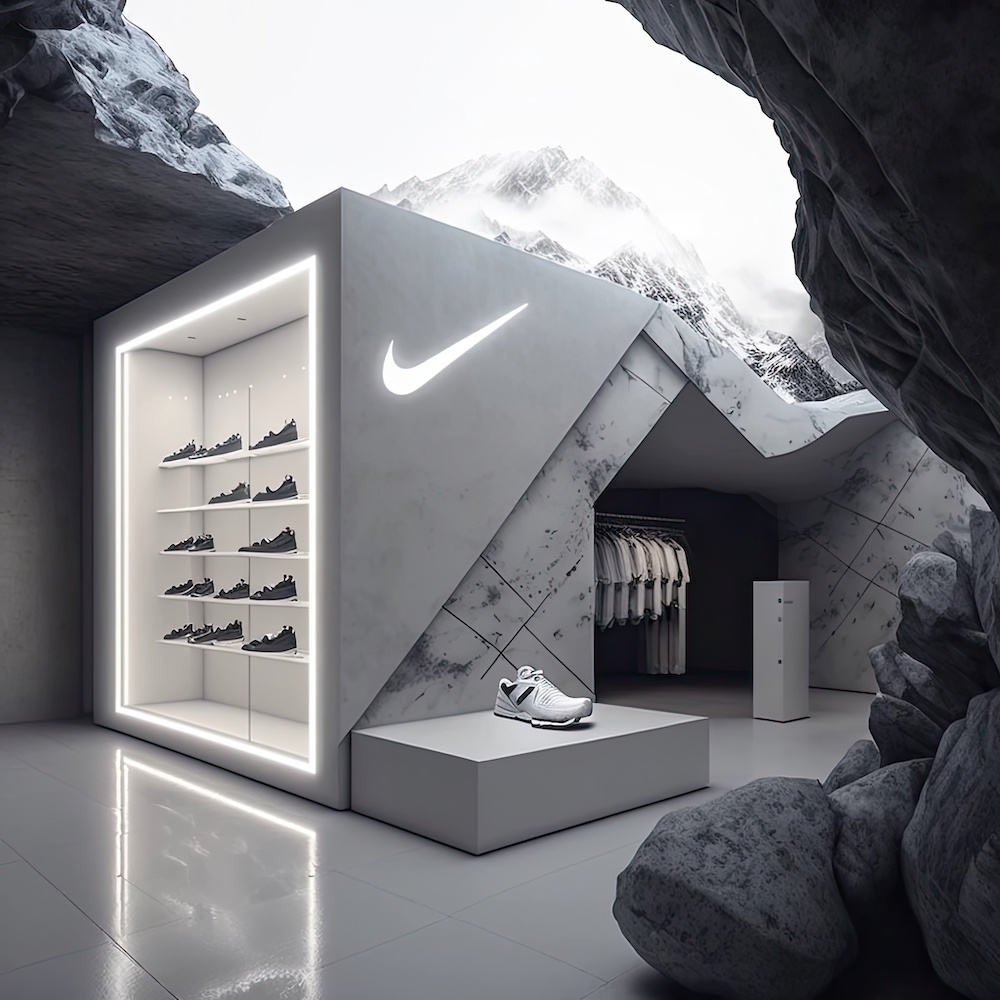
Having worked for major sportswear companies like Nike, ASICS and adidas, how did you find your way into the industry?
My journey into the sportswear industry started with my co-founder, Shu, and I launching our first creative agency straight out of university in 2007. We both studied fashion design and marketing, and our goal was to work for Nike. We faced challenges as newcomers in the industry, but we managed to gain recognition by launching a blog, which later turned into a magazine called Be Street. This platform allowed us to build a strong community around our shared interests in fashion, street culture, sneakers and more.
After moving to Paris and hosting several successful parties, we caught Nike’s attention and eventually had the opportunity to work on a retail activation project with them. This led to more projects, including Air Max Day, and collaborations with additional brands. Before dedicating all of our focus to Drop, we spent several years working with ASICS on their fashion week activations that were also memorable!

You grew up in Paris but moved to Los Angeles a few years ago. From your point of view, what are the main differences between the two cities in terms of street culture?
Growing up in Paris and then moving to Los Angeles a few years ago, I’ve noticed significant differences between the two cities in terms of street culture. When we decided to move to L.A., it was because we saw it as the mecca of street culture and streetwear. Brands like Stussy, Freshjive, and FUCT helped establish the movement, and later on, The Hundreds, HUF, and others carried it forward. In 2014, when we first arrived in L.A, Fairfax was the epicenter of everything.
However, today the landscape has shifted and I feel that while Europeans used to look to the U.S. for inspiration, there is now a thriving street culture in Europe as well. Paris, for instance, has successfully blended fashion and streetwear to create its own unique style and elevate it to new heights. Overall, I think that both cities offer a rich street culture, each with its own unique flavor and style.
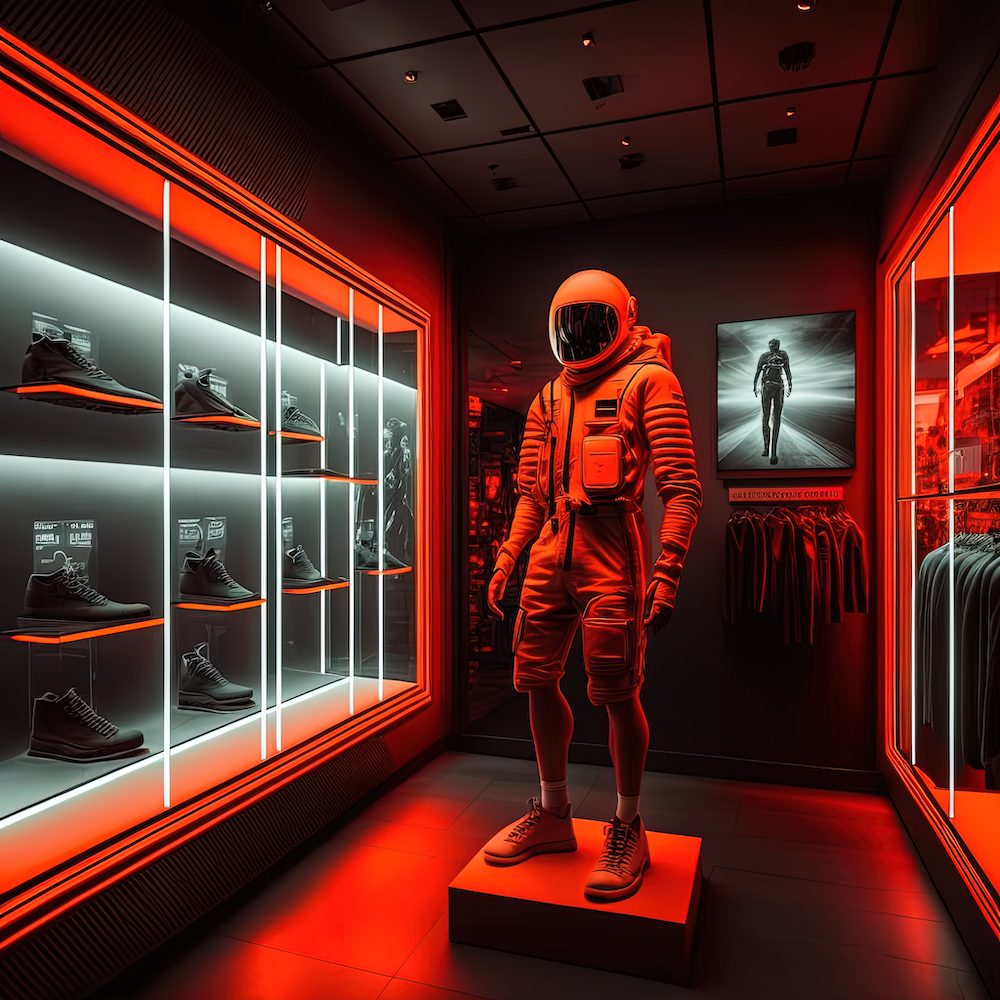
On your socials you often combine your passion for the culture and AI. How do you think AI will affect retail in the near future?
AI is going to revolutionize everything. As someone who is both creative and tech-savvy, I’ve always been interested in incorporating the latest technology into my work. When I discovered ChatGPT, I knew it would be a game-changer for the conversational commerce platform we’re building at Drop. But then I stumbled upon generative AI for art, and it sparked my curiosity. I’ve been experimenting with it and have seen an incredible acceleration in its capabilities in just a few months – from being able to generate an image of a dog riding a banana to creating highly detailed renderings of a Nike store on Mars.
The impact of AI on retail and the creative industry as a whole will be profound and transformative. This is a once-in-a-decade type of disruption or opportunity, and that’s why we’re working hard to be at the forefront of the conversation around AI and its potential to empower creatives and shape the future of commerce.
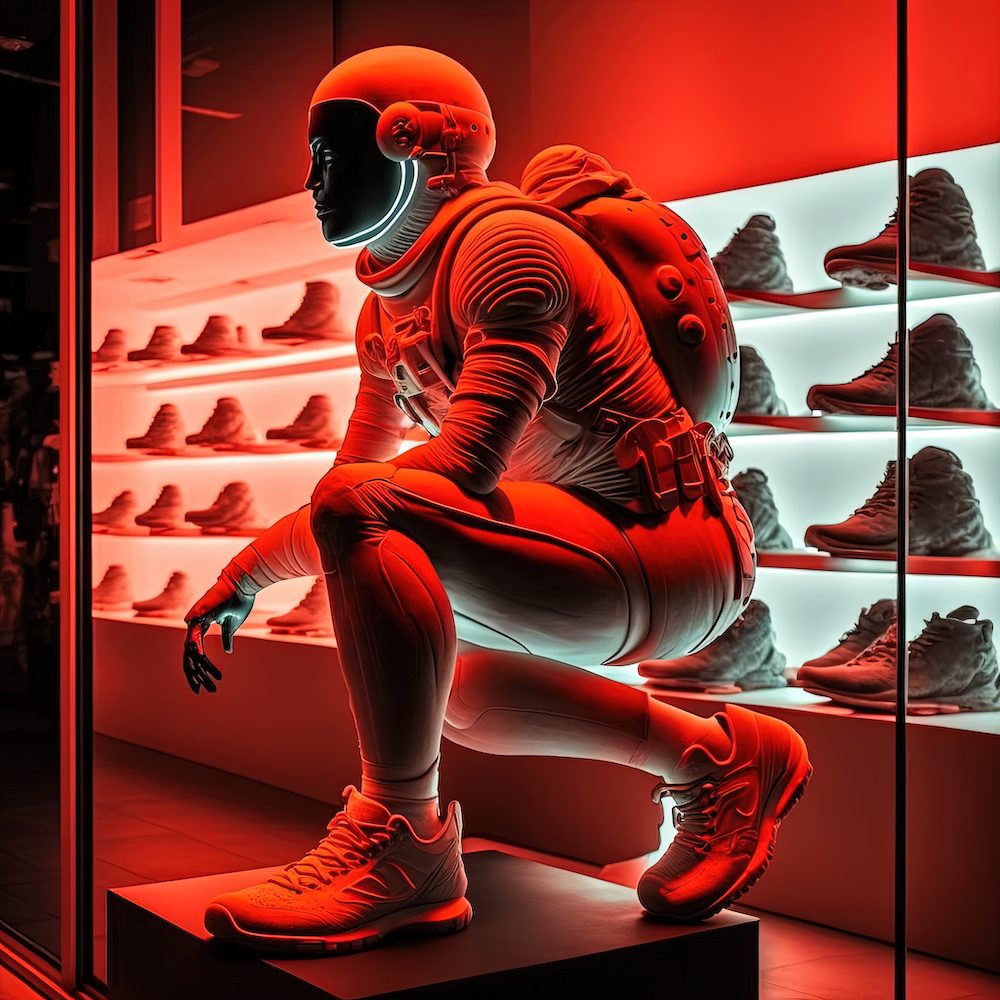
For us at solebox, it’s crucial to always be connected to our community, something you also give a lot of importance to. Do you foresee any major changes in the way communities interact and how they behave in a shifting digital era?
Absolutely! Staying connected to your community is one of the most valuable assets that a brand can have in today’s landscape. The next generation of consumers demands more than a one-way communication, and that’s why we created Drop – to facilitate deeper relationships between brands and their audiences on social media.
As attention spans continue to shrink, it’s crucial for brands to provide real value to their communities. When you do that, your community will remember and reward you with genuine and organic growth. The digital era is constantly evolving, and I think it’s important for brands to stay ahead of the curve and adapt to changes in the way communities interact and behave.
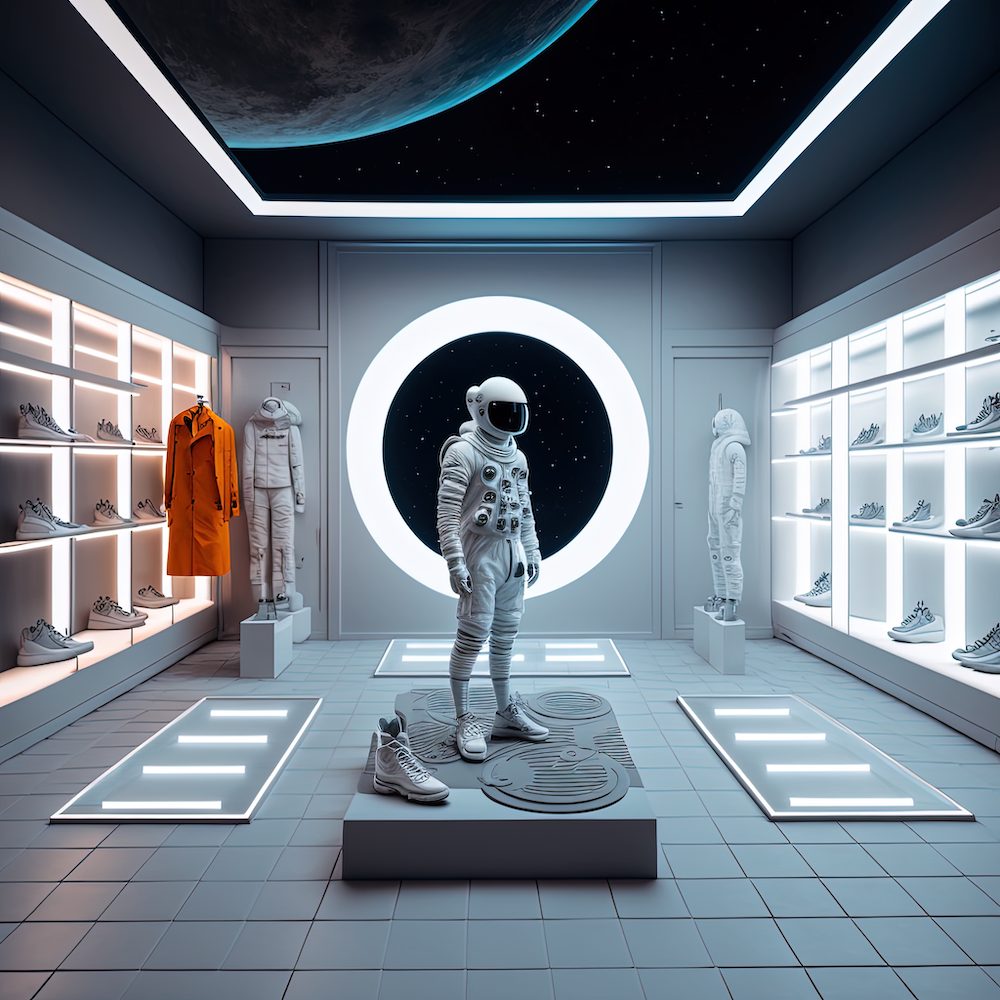
What’s coming up for you in 2023? Any major projects you can tease us with?
2023 is shaping up to be an exciting year for us! While I can’t share too many details just yet, I can tell you that we will continue to innovate in the field of social commerce and enhance the relationship between online and offline experiences with top sportswear and high fashion brands.
Now that the pandemic is behind us, we’re looking forward to traveling more this year and hosting events again. If you want to stay updated on what we’re up to, be sure to follow me on LinkedIn (Benjamin Benichou) and Instagram (@benny_drop) so you don’t miss out on any of our future events and announcements!
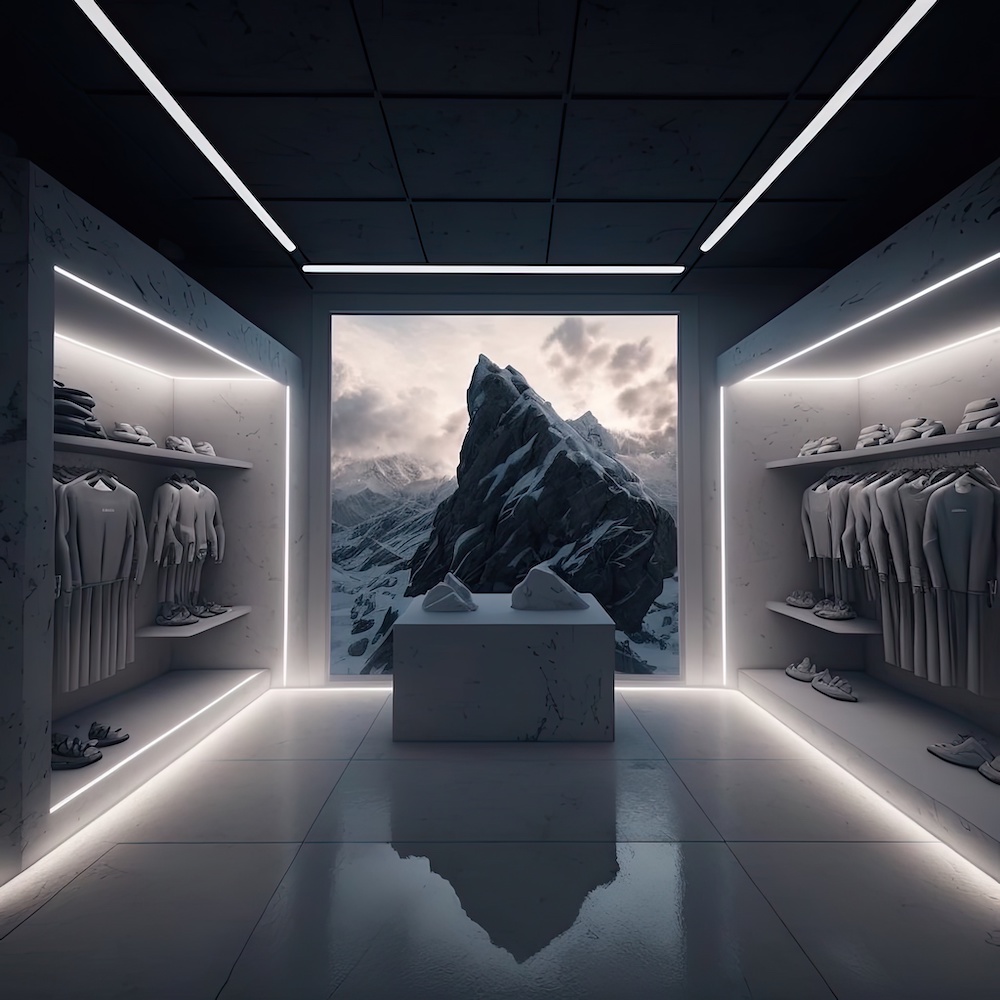
Which brands and silhouettes are your favorites at the moment?
Aimé Leon Dore, ACNE Studios and the New Balance 2002R Protection Pack.
